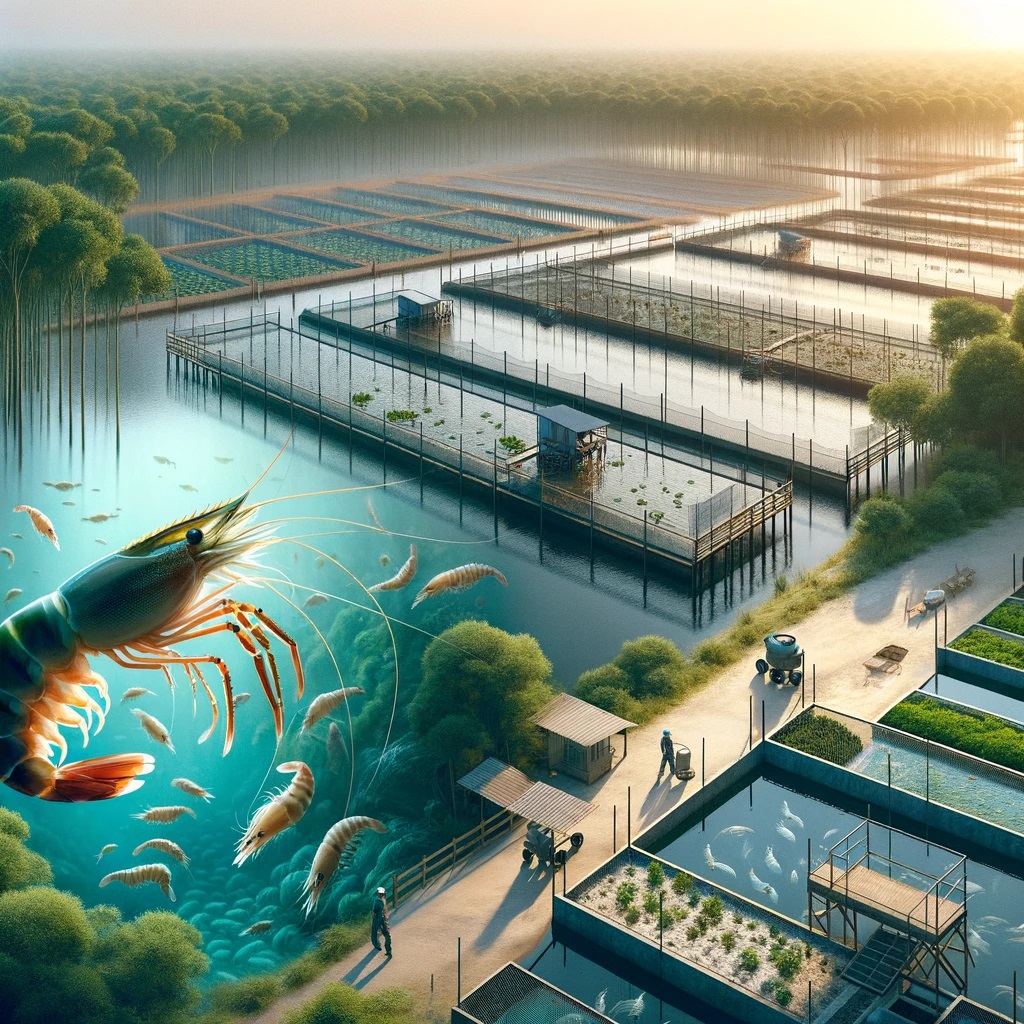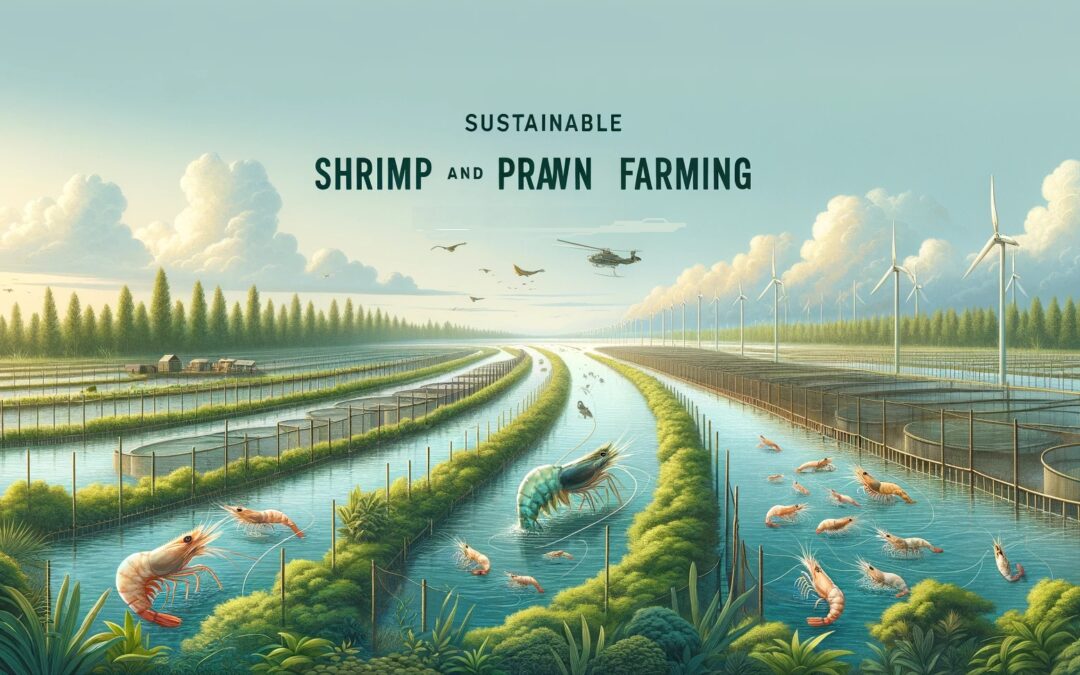Welcome to our deep dive into the world of sustainable shrimp and prawn farming! As seafood lovers increasingly seek ethical and sustainable options, understanding the nuances of shrimp and prawn aquaculture becomes crucial. Let’s explore how this method is revolutionizing the seafood industry, offering both environmental stewardship and economic benefits.
The Techniques: Innovating Aquaculture
Freshwater Farming
“Did you know that the Giant River Prawn is the star of freshwater prawn farming?” This species, scientifically known as Macrobrachium rosenbergii, thrives in freshwater ponds and tanks. The key to success here lies in meticulous water management, maintaining the ideal temperature, and ensuring the prawns receive the right nutrition.
Marine Farming
In contrast, marine farming primarily focuses on species like the Whiteleg shrimp (Litopenaeus vannamei) and Black Tiger shrimp (Penaeus monodon). These are typically raised in coastal areas or in ponds with sea access. As one expert notes, “In marine prawn farming, the salinity levels and water quality are paramount for a successful harvest.”
The Benefits: Why It Matters
Sustainable Seafood Production
By farming prawns and shrimps, we’re not just creating a food source; we’re actively reducing the strain on wild populations. This method is a sustainable alternative that mitigates the environmental impact associated with traditional fishing methods.
Economic Growth
“Prawn farming is a lifeline for local economies, especially in coastal regions,” an industry leader explains. This sector promotes job creation in processing, packaging, and export, stimulating economic growth and diversifying income sources in these communities.
Food Security
With the world’s ever-growing demand for seafood, shrimp farming plays a crucial role in ensuring a consistent supply. This reduces reliance on imports and contributes significantly to global food security.

The Challenges: Overcoming Obstacles
Disease Management
One of the most significant challenges in prawn farming is disease control. “To mitigate this, we implement strict biosecurity measures and conduct regular health checks,” a farmer says. The industry is also seeing advancements in vaccination and farming techniques.
Environmental Sustainability
The ecological impact of farming practices, such as wastewater discharge and habitat modification, cannot be ignored. Sustainable techniques like water treatment systems and responsible feed sourcing are crucial.
Market Demands and Quality Control
Meeting the market’s high standards for quality is a constant challenge. “We focus on careful handling and storage to maintain our prawns’ reputation in the market,” a quality control manager remarks.
In Conclusion
The journey of prawn farming is a testament to the seafood industry’s potential for sustainability and economic opportunity. By embracing responsible farming practices, we can continue to enjoy delicious, high-quality prawns without compromising our planet’s health.
For more insights into sustainable shrimp farming, I recommend visiting our EAT Community, a treasure trove of information in this field. Let’s commit to making informed choices for a sustainable seafood future!
Related Articles and Resources:
- Transforming Aquaculture: Cutting-Edge Approaches in Shrimp and Prawn Farming
- Freshwater Shrimp Farming – Harvesting Storage & Economic Feasibility
- The Booming World of Freshwater Shrimp Farming: A Gateway to Sustainable Aquaculture
- Farming of prawns and shrimps
- The Future of Fish Farming in Meeting the Rising Demand For Protein



